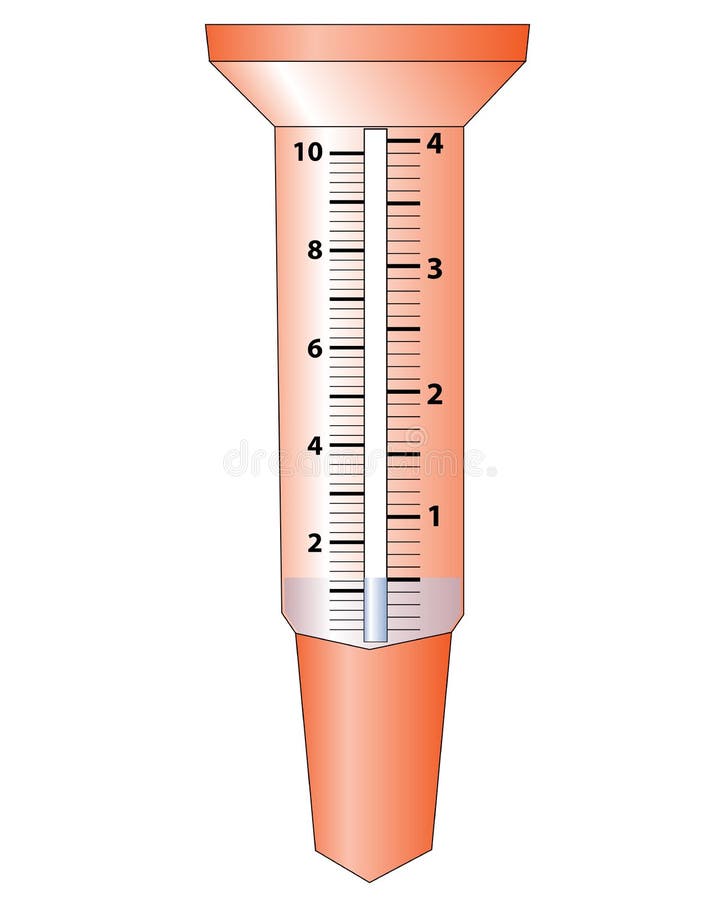Ingenious Layouts in Rain Gauges: What Makes Them Stand apart
Ingenious Layouts in Rain Gauges: What Makes Them Stand apart
Blog Article
Introducing the Science Behind Rainfall Gauges: Exactly How These Devices Play a Crucial Role in Environment Research and Environmental Tracking
Rainfall evaluates, seemingly simple gadgets, hold an extensive significance in the realm of environment study and environmental tracking. These humble instruments silently gather one of nature's most important elements-- rains. Behind their unpretentious facade exists a complicated science that is indispensable for comprehending the characteristics of our environment. As we peel off back the layers of this clinical veil surrounding rain assesses, we uncover a globe where accuracy, information precision, and careful monitoring converge to reveal a deeper understanding of our changing climate and its effect on the planet.
Value of Rain Gauges
Rain evaluates play a crucial role in surveillance and measuring rainfall levels, offering important information for climate study and analysis. These devices are essential in measuring the amount of rains that happens in a particular location over a particular period. By determining and collecting rainwater, rain gauges deal important insights right into the distribution and strength of precipitation, assisting meteorologists, hydrologists, and climatologists in comprehending weather patterns and fads.
One of the key reasons rainfall determines are important is their capacity to give localized and accurate data. Unlike satellite or radar-based dimensions, which use broader monitorings, rain determines offer specific info details to the location where they are put. This localized data is essential for various applications, consisting of flood projecting, dry spell surveillance, and water source management. Furthermore, lasting data gathered from rainfall gauges assists in examining climate adjustment impacts and patterns, contributing dramatically to scientific research study and decision-making procedures. Basically, rain evaluates function as essential tools in the area of weather forecasting and ecological science, playing an essential function beforehand our understanding of weather condition and environment characteristics.
Types of Rainfall Scales

Functionality and Operation
In the world of environment study and meteorological studies, the performance of rainfall evaluates depend on their intricate functionality and specific functional systems. Rainfall gauges are designed to precisely measure the quantity of rainfall that tips over a particular location during a set period. These gadgets typically contain a channel that collects rain and channels it into a measuring tube. The measuring tube is noted with calibrated dimensions that permit the specific metrology of rainfall.
The capability of rain evaluates is based upon the concept of gathering and gauging rain in a standardized way. This accumulated information is essential for comprehending local weather patterns, tracking long-lasting climate patterns, and assessing environmental effects. To guarantee exact measurements, rainfall evaluates demand to be strategically placed in open locations away from obstructions such as buildings or trees that might disrupt the collection procedure.
The operational element of rain assesses involves regular maintenance to stop particles accumulation, calibration checks to preserve measurement precision, and data recording for analysis (rain gauge). Overall, the performance and operation of rain gauges are crucial for collecting trustworthy rainfall information important to environment research and ecological surveillance
Function in Climate Research
Provided the important value of precise precipitation measurements in understanding weather patterns and ecological influences, the duty of rain determines in climate research study is vital. Rain assesses give necessary information for environment research by measuring the amount of precipitation that tips over a particular location throughout a provided duration. This data is important for checking long-lasting patterns in rainfall patterns, examining the impact of environment modification on rainfall circulation, and enhancing climate designs.

Environment scientists make use of data accumulated from rain determines to analyze variants in precipitation levels, recognize regional climate fads, and assess the efficiency of water resource monitoring techniques. By contrasting historical rainfall data with existing dimensions, researchers can identify shifts in rainfall patterns, such as changes in the frequency or intensity of rainfall events. This information is crucial for comprehending how climate modification is affecting rainfall dynamics find out and can help policymakers make informed choices relating to adaptation and mitigation approaches.
Applications in Ecological Surveillance

In flooding forecasting, rain scale data aids to track rains intensity and distribution, allowing authorities to provide prompt cautions and take required actions to reduce flooding dangers (rain gauge). Dry spell surveillance counts on rainfall scale data to examine wetness levels in the soil and track precipitation deficits, helping in the identification of drought-prone locations and the implementation of drought feedback strategies
Furthermore, rain scale data plays an important role in water source monitoring by offering details on water availability and use patterns. Additionally, in agriculture, rain gauge data aids farmers in optimizing irrigation timetables, crop option, and general ranch management practices based on regional rainfall patterns.
Verdict
Finally, rainfall determines are important tools for determining precipitation, giving important data for environment research study and ecological tracking. With various types and performances, rainfall gauges play a vital function in recognizing rainfall patterns and their effect on the environment. By properly determining rainfall, these tools contribute to the improvement of scientific expertise and assistance in making informed choices pertaining to water source monitoring and calamity readiness.
Rainfall gauges play an indispensable duty in surveillance and determining precipitation levels, giving vital data for environment research and evaluation. The typical rainfall scale, understood as the right here "tipping container" gauge, is one of the most commonly made use of tools. Ultrasonic rainfall evaluates use audio waves to detect the visibility of rainfall, giving real-time information on precipitation degrees.Climate researchers make use of information gathered from rainfall evaluates to analyze variations in precipitation degrees, recognize regional climate fads, and evaluate more helpful hints the efficiency of water resource monitoring techniques.In verdict, rainfall determines are vital tools for gauging precipitation, providing useful information for environment research study and ecological surveillance.
Report this page